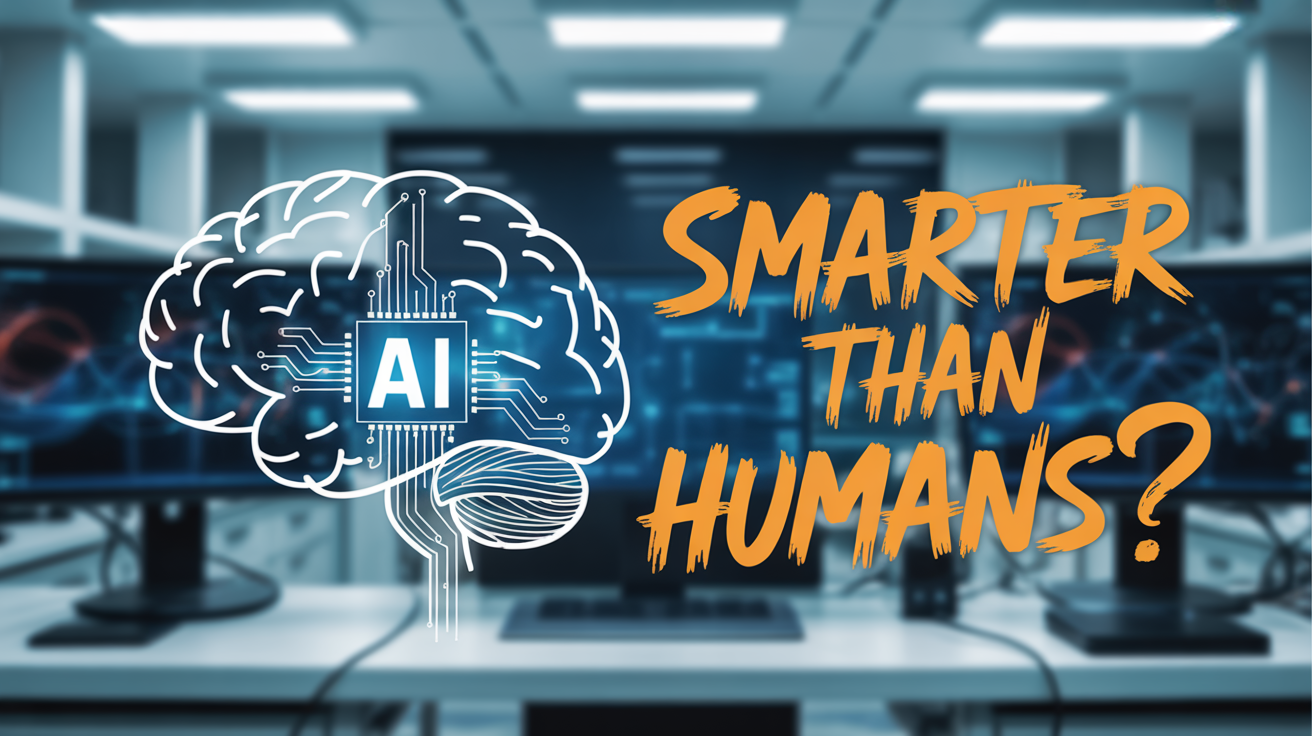

The Challenge
Modern medicine often relies on population-level data and standardized treatments that may not work optimally for individual patients. Drug dosages are typically based on average responses, leading to underdosing in some patients and dangerous side effects in others. Clinical trials provide valuable data but can't capture the full complexity of how treatments will affect each unique individual with their specific genetic makeup, lifestyle, and medical history.
Surgical procedures carry inherent risks that could be reduced if surgeons could practice on exact replicas of patients' anatomy before performing the actual operation. Complex conditions like cancer often require multiple treatment approaches, but determining the optimal combination of therapies currently involves considerable trial and error, wasting precious time when patients' lives hang in the balance.
The human body's incredible complexity makes it nearly impossible to predict how diseases will progress or how treatments will interact with individual patients' physiology. Traditional medical imaging provides snapshots of anatomy but can't simulate dynamic biological processes or predict future changes. Healthcare providers need better tools to move from reactive treatment to predictive prevention.
The Innovation
Digital twins in medicine are comprehensive virtual models that combine a patient's genetic data, medical history, lifestyle factors, and real-time physiological data to create a living simulation of their body. These models can predict how diseases might progress, how treatments will affect specific patients, and even identify health risks before symptoms appear. The technology integrates advanced AI, machine learning, and biological modeling to create remarkably accurate digital representations.
Companies like Dassault Systèmes and Philips are developing digital twin platforms that integrate data from wearable devices, medical scans, genetic tests, and electronic health records to create increasingly accurate patient models. These virtual bodies can simulate everything from drug metabolism to surgical outcomes, allowing healthcare providers to test interventions virtually before applying them to real patients.
The breakthrough lies in combining multiple data streams into dynamic, predictive models. A patient's digital twin continuously updates based on new health data, lifestyle changes, and environmental factors. Machine learning algorithms identify patterns and predict future health states, enabling preventive interventions that could stop diseases before they manifest in the physical body.
Advanced digital twins can model complex biological processes at multiple scales—from molecular interactions to organ-level functions. They can simulate how genetic variations affect drug responses, how lifestyle changes impact disease progression, and how different treatment combinations might interact. This multi-scale modeling provides unprecedented insight into individual patient biology.
The Impact
For cancer treatment, digital twins are revolutionizing precision oncology. A patient's virtual model can test thousands of treatment combinations to identify the most effective therapy with the fewest side effects. Memorial Sloan Kettering Cancer Center is using digital twins to optimize chemotherapy protocols, reducing treatment toxicity while improving outcomes. Patients avoid months of trial-and-error treatment, getting to effective therapies faster.
Surgical applications are transforming complex procedures. Surgeons can practice on exact digital replicas of patients' anatomy, identifying potential complications and optimizing surgical approaches before making the first incision. Cleveland Clinic uses digital twins for cardiac surgery planning, reducing operative time and improving patient outcomes. The technology is particularly valuable for rare or complex cases where surgical experience is limited.
Drug development is being accelerated through population-scale digital twin modeling. Instead of relying solely on animal models and lengthy human trials, pharmaceutical companies can test new medications on thousands of virtual patients representing diverse genetic backgrounds and health conditions. This approach identifies promising candidates faster while flagging potential safety issues early in development.
Chronic disease management is being transformed through continuous monitoring and prediction. Digital twins of diabetic patients can predict blood sugar fluctuations hours before they occur, enabling proactive management that prevents dangerous episodes. Heart disease patients have digital twins that monitor cardiac function and predict potential complications, allowing for preventive interventions that avoid hospitalizations.
The Forecast
The digital twin healthcare market is projected to reach $21 billion by 2028, driven by advances in AI, wearable technology, and genomic sequencing. Major technology companies including IBM, Microsoft, and Google are investing heavily in healthcare digital twin platforms, while medical device manufacturers are integrating twin technology into their products. The convergence of multiple technologies is making digital twins increasingly accurate and accessible.
Within the next decade, digital twins may become standard tools in precision medicine. Every patient could have a continuously updated virtual model that helps healthcare providers make better decisions about prevention, diagnosis, and treatment. Wearable devices and implantable sensors will provide real-time data to keep digital twins current and accurate.
Integration with electronic health records and healthcare systems will make digital twins seamlessly available to healthcare providers. AI-powered insights from digital twins will assist in clinical decision-making, flagging potential issues and suggesting optimal treatments. The technology will democratize access to precision medicine, making personalized healthcare available beyond elite medical centers.
Regulatory frameworks are evolving to accommodate digital twin technology in healthcare. The FDA is developing guidelines for validating digital twin models and their clinical applications. International standards for healthcare digital twins are being established to ensure safety, accuracy, and interoperability across different healthcare systems and technologies.
🔮Future Lens
By 2035, digital twins may be as fundamental to healthcare as X-rays are today. Children might have digital twins created at birth that evolve throughout their lives, providing continuous health optimization and early disease detection. We could see the emergence of preventive healthcare systems where digital twins identify and address health issues decades before they would traditionally manifest, fundamentally shifting medicine from treatment to true prevention.
Looking Forward
Digital twins represent the future of precision medicine—healthcare tailored to the individual at the molecular level. As these virtual models become more sophisticated and accessible, we're moving toward a world where medical treatments are optimized for each person's unique biology before the first dose is administered. The promise isn't just better healthcare, but a fundamental transformation in how we understand and maintain human health throughout our lives.
Share this article:
Related Articles
Continue exploring the future

The Quantum Leap: How Quantum Computing is Revolutionizing Three Critical Industries
Explore how quantum computing is transforming drug discovery through molecular simulation, revolutionizing financial modeling with quantum algorithms, and reshaping cryptography with post-quantum security solutions.

Agentic AI in 2025: How Autonomous Intelligence Will Reshape Work
Discover how Agentic AI is redefining autonomous intelligence, enabling systems to act with purpose, adaptability, and decision-making power.

Edge Computing: Bringing Intelligence to the Physical World
As data processing moves closer to the source, edge computing is enabling real-time decisions in autonomous vehicles, smart cities, and IoT.
Loading comments...